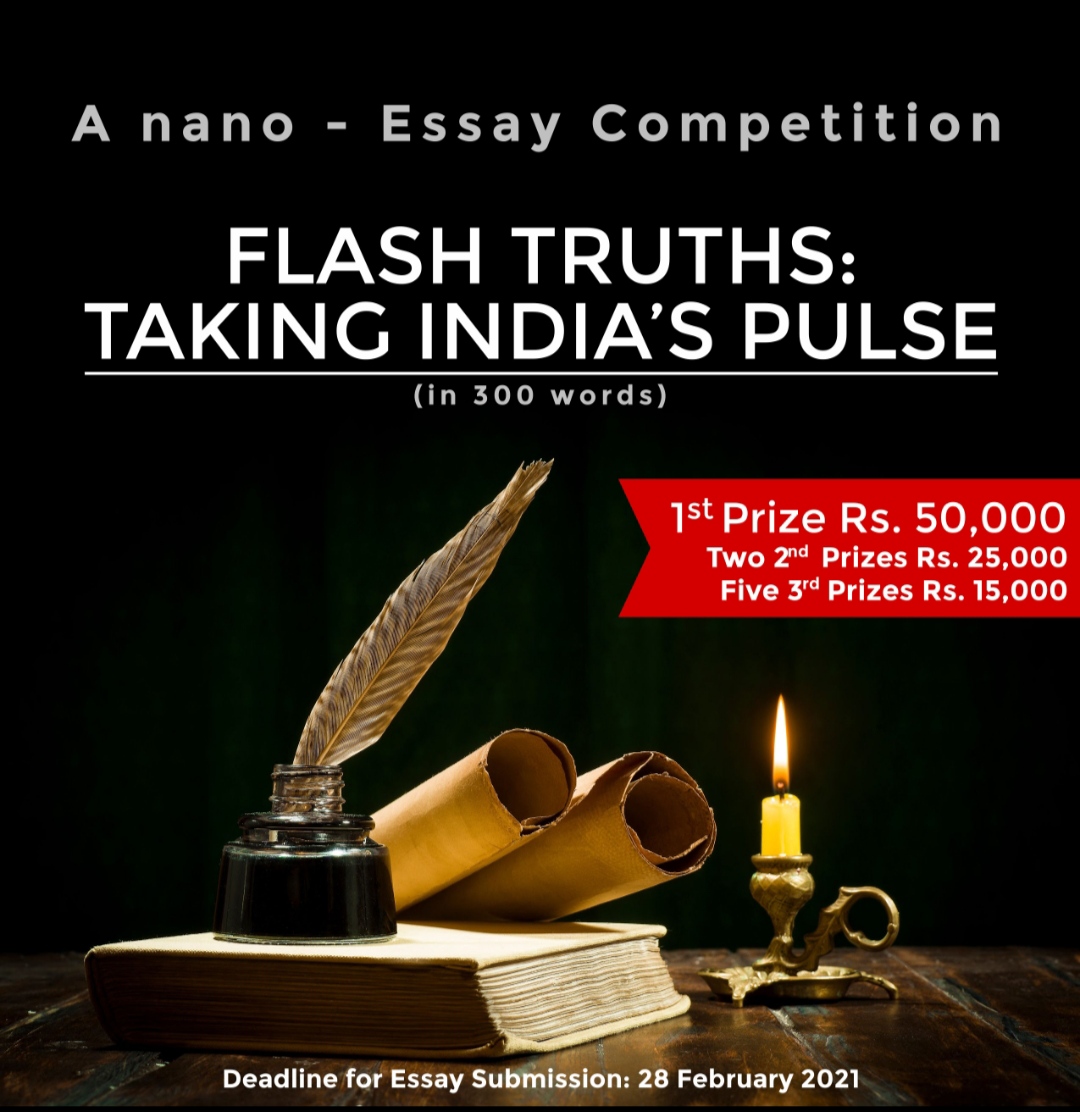Rakesh Ahuja
4 July 2023
Democratically elected leaders must pass one litmus test to prove their credentials regardless of their ideological inclinations: To engage the public and media to foster accountability and transparency. This imperative nurtures inclusivity, democratic values, accurate information dissemination, feedback, and ultimately, the trust and legitimacy bestowed upon leaders by the people they represent.
Prime Minister Modi has been successively elected twice with huge majorities but falls woefully short of meeting these standards.
Over his nine-year tenure, Modi has not held a single press conference, instead favoring a handful of restrictively scoped interviews with sympathetic media outlets. He avoids joint press conferences, even during foreign visits. During his recent high-profile visit to the US, he did agree to a pre-scripted interview with the WSJ and participate in a joint press conference with President Biden but, tellingly, allowed only two questions.
Modi’s singular aversion to media starkly contrasts with the active engagement of, say, Australian PM Albanese. According to the SMH, he held 172 press conferences, gave 89 TV interviews, and appeared in 128 radio spots during his first year in office. He also actively interacts with conservative commentators despite being anathema to the Labor Party.
Modi’s isolationist, public engagement style eerily mirrors that of 20th-century autocrats, who overtly and covertly manipulated the state-controlled and private print media to shape public perceptions and control information flows.
Stalin maintained an aura of authority and distance from the public, restricting himself to carefully stage-managed mass events and coldly delivered speeches devoid of even a smidgeon of emotion. He rarely interacted with the media.
Hitler had a more visible presence in public, conducting large public rallies controlled by stormtroopers. He recognized the value of staging drama and embellished his oratory with a slate of emotions ranging from expressive gestures and fulminating anger to benevolent smiles. He used raw political power to manipulate private media, sometimes briefly interacting with ‘appointed’ journalists on pre-set Q & A lines.
Mussolini’s Ministry of Popular Culture controlled media content and ownership. Its unabashed objective was to portray him as a charismatic leader. It suppressed all unapproved news. Mussolini also understood the value of public spectacles and mass parades, leveraging media to amplify his passionate oratory Italian style.
Modi’s public behavior is an amalgam of these approaches. It has nothing in common at all with modern democratic leaders’ practices for media engagement.
Modi is a superb orator (in pure Hindi), reinforcing his proclivity for monologues, not dialogues. He shuns open or unscripted interactions with the public, preferring Venezuela Chavez’s model of delivering weekly hour-long radio broadcasts called “Man ki Baat” (Reflections of My Mind). He organizes massive rallies where party supporters are bused in (often paid) to listen to his monologues. (The camera angles conceal that petals thrown by functionaries are from within the motorcade, creating an illusion of public adoration.) Moreover, he insists on appearing alone in public pictures.
And he relies on silence on controversial issues, leaving it to his Ministers to deal with the media. For example, Modi has not uttered a word on the atrocities committed by his Hindutva acolytes upon Muslims, Christians, or lower castes. Controlled or influenced by his crony friends, the mainstream media channels, popularly labeled “GodiMedia” (lapdogs), suppress inconvenient domestic developments. In concert, well-oiled BJP and government machinery troll opposing views on social media.
Is the Modi government eroding India’s democratic character? Yes, Report cards from credible domestic and international assessors confirm India is tumbling into the “flawed democracy” and “partly free” spectrum. But no, it is definitely not sliding into fascism or state-controlled capitalism.
An observation in 1954 by the provocative US economist Joan Robinson pinpoints an immutable truth about India: “Whatever you can rightly say about India, the opposite is also true”.
That adage also applies to the state of Indian democracy today. Whatever Modi’s spin doctors may do to shape public perceptions through manipulating media, no autocrat or would-be dictator can control the litigious mind of the “argumentative Indian”.
India boasts a vast and diverse media landscape, with 144,000 registered newspapers and periodicals, including 299 English and vernacular dailies, and over 300 weekly magazines. There are some 700mn internet users and 600mn smartphone owners. On top of that, Indians are more avid readers – 10.42 hours per week per person – than any other people. The sheer size and multiplying print and digital literacy ensure that information flows, integral to democracy, cannot be shuttered in India.
In his address to the US Congress last week, Modi spoke of democracy as being in “our DNA”. Well, yes, but clearly, it does not flow in his veins. Modi’s failure to condemn his Hindutva supremacists is fraying the quintessence of Hinduism they claim to defend.
The irony is that they wish to convert Hinduism, which advocates inclusivity, a live and let-live attitude without any prescriptive commandments or Prophets that plague the Abrahamic faiths, into a religion when it is not one.
The net effect is collateral damage to the idea and the image of India. Pockets of resistance to Modi are coagulating, but there is no active street-level opposition as in Israel. Most urbanite Indians in the know passively accept the precept, “Men say that time passes; time says that men pass”. So shall, they say, he.
(An earlier version of this article appeared in the South Asia Monitor (SAM) on 5 July 2023.)



